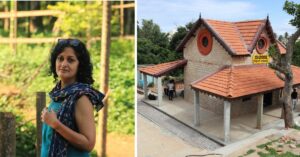Uttarakhand Duo Transform Dying 110-Acre Forest Into Lush Home For 500+ Species!
“I had fond memories of visiting Jabarkhet with my family. We would often follow these "Come-for-Walks" here. It was after 15 years of staying abroad that I visited the same piece of land and it shocked me. There was trash everywhere, trees were being cut down and animals being hunted,” recalls the 56-year-old.
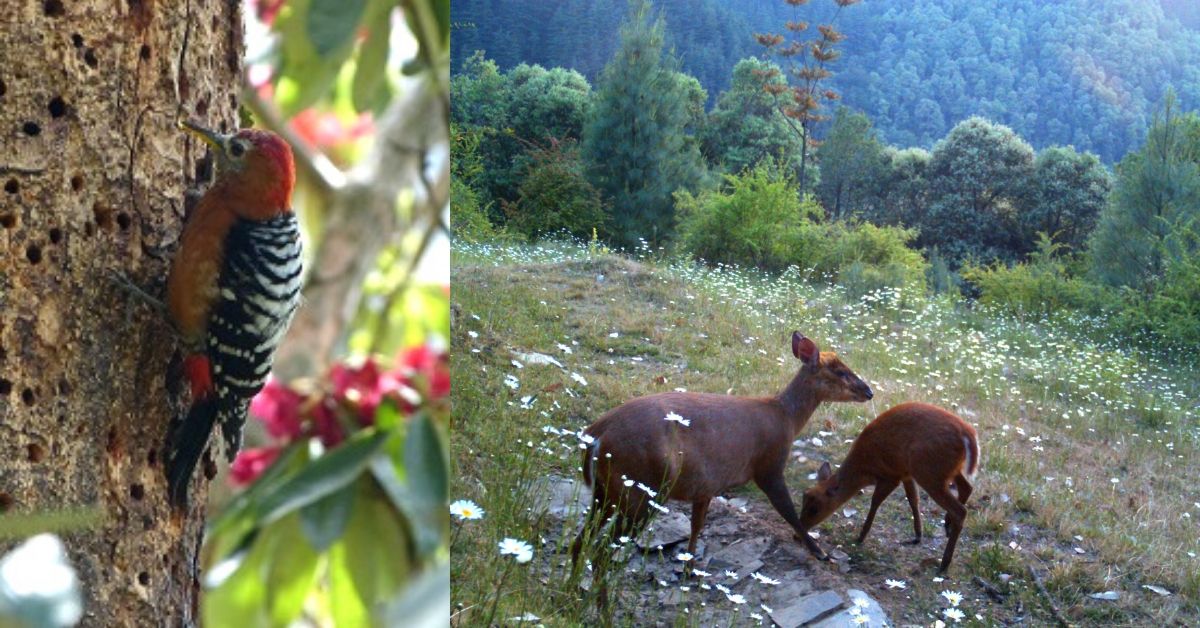
The tale of how Mussoorie’s Jabarkhet Nature Reserve came into being is like a breath of fresh air amidst the toxic stories we read of animal poaching, felling of trees and littering of the forests – all stemming from human greed and ignorance. And as a person who grew up in Assam, with its chain of hills, rolling downs of tea plantations, and varied wildlife, I can relate to it.
A conservationist’s passion to revive a piece of land in the forest she visited often as a little girl and an heir’s wish to preserve his father’s legacy led to the complete transformation of a 110-acre patch of land into the Jabarkhet Nature Reserve which opened its doors in May 2015.
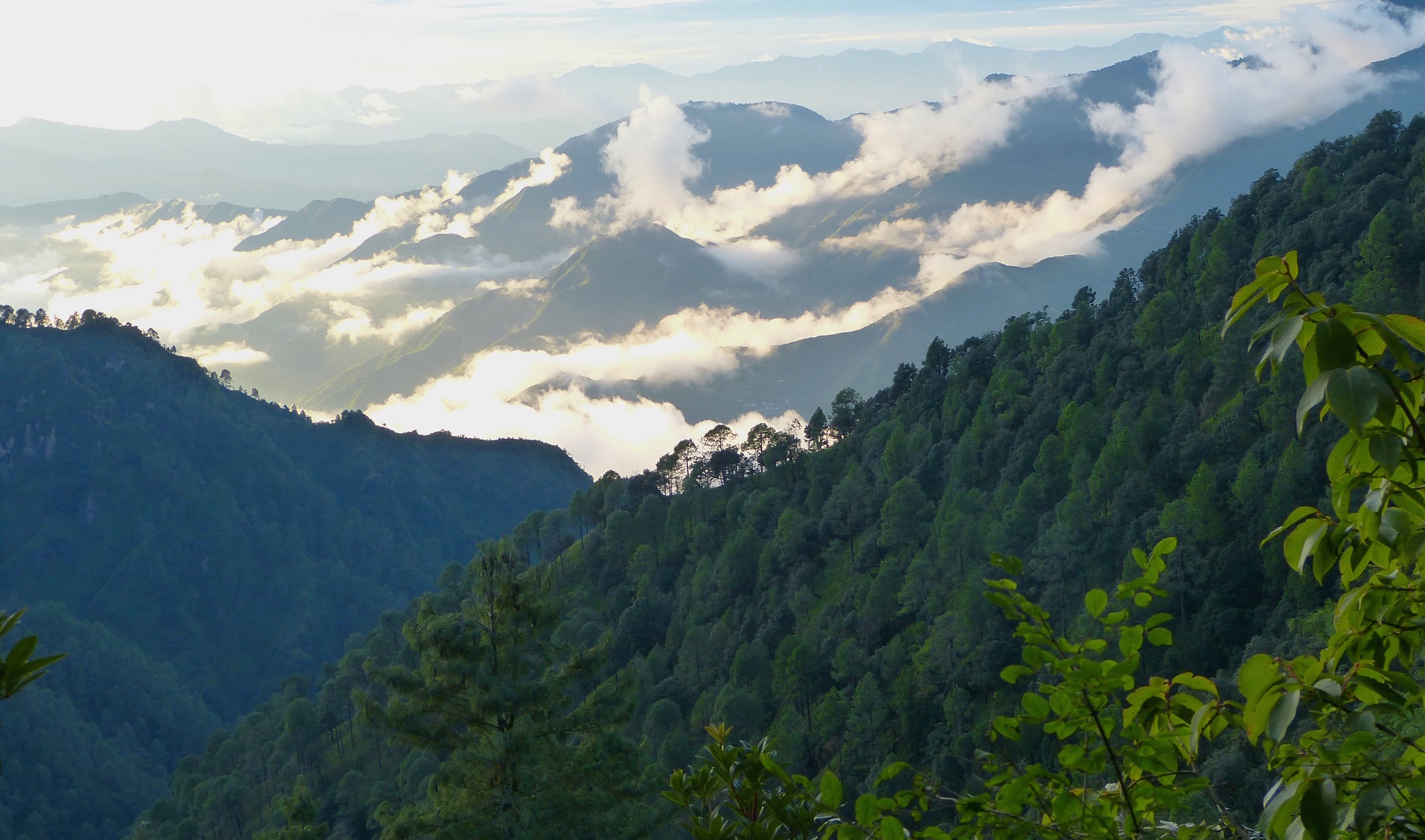
Conservationist Sejal Worah has dedicated over half of her life to the cause of protecting the environment from rapacious human activities. So, imagine her horror when she saw the state of a place she would visit as a child, in complete shambles.
“I had fond memories of visiting Jabarkhet with my family. We would often follow the forest trails and spot beautiful birds. It was after 15 years of staying abroad that I visited the same piece of land and it shocked me. There was trash everywhere, trees were being cut down and animals being hunted,” recalls the 56-year-old.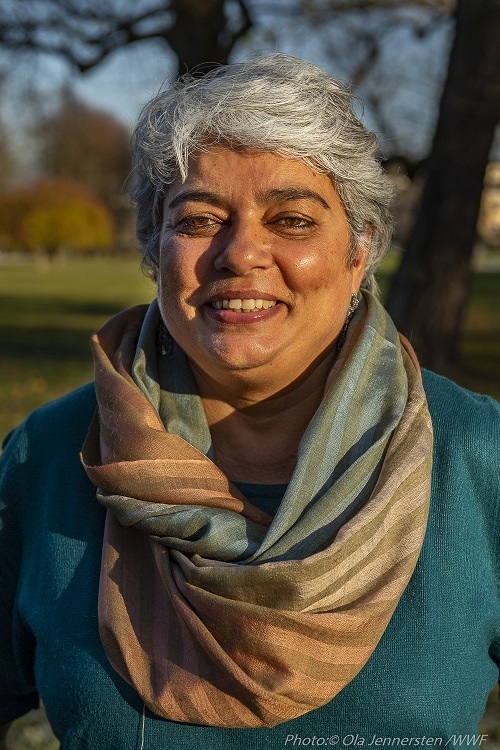
Sejal was determined to find out who owned that piece of land. Lucky for her, it wasn’t a hard mystery to solve.
“Vipul, who happened to own this piece of land, actually studied with my sister in school. So, we spoke to each other and I told him about how this land could be conserved,” says Sejal. Vipul was working in Mumbai as a businessman but he shared a deep connection to Mussoorie and to Jabarkhet in particular.
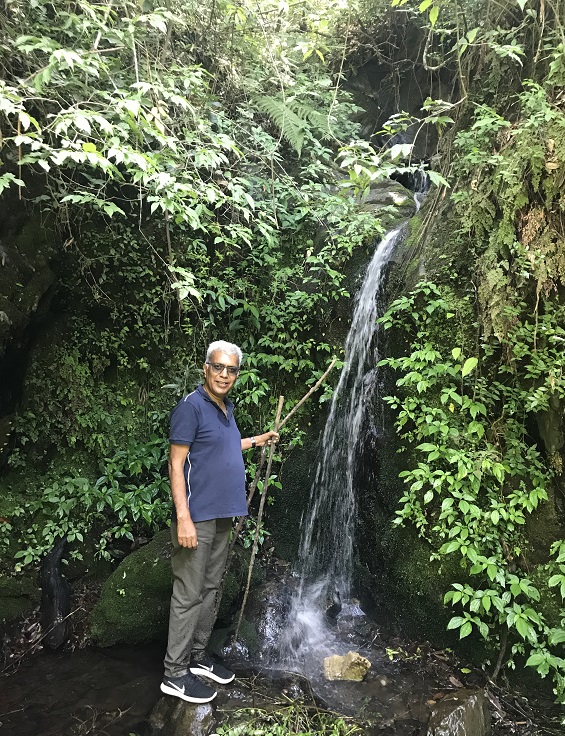
“This piece of land actually belonged to my grandfather who bought it in the 1930s. And, my father spent a lot of time in Mussoorie and was in love with the forest on this piece of land. He would work with about 60 people from the forest in maintaining the place and ensuring that there were no activities like poaching,” Vipul tells The Better India (TBI).
However, since his father passed away in 2006, it became difficult for Vipul to manage this place. So, when Sejal shared her idea, he was more than happy to get on board.
Jabarkhet Nature Reserve – A Shared Dream Come True

The work on this privately-owned nature reserve started once the duo founded their company, Jabarkhet Eco-Development Limited in 2015. After four years of intensive and concerted efforts, the Reserve is home to 145 bird species, 20-odd species of mammals and about 350 species of flowering plants!
Since they opened their doors, over 10,000 people have visited the Reserve.
In the guided walks cutting through natural trails, you get the chance to spot different bird species which may include magpies, jays, and thrushes perched on berry bushes, wild pears, and acorns.
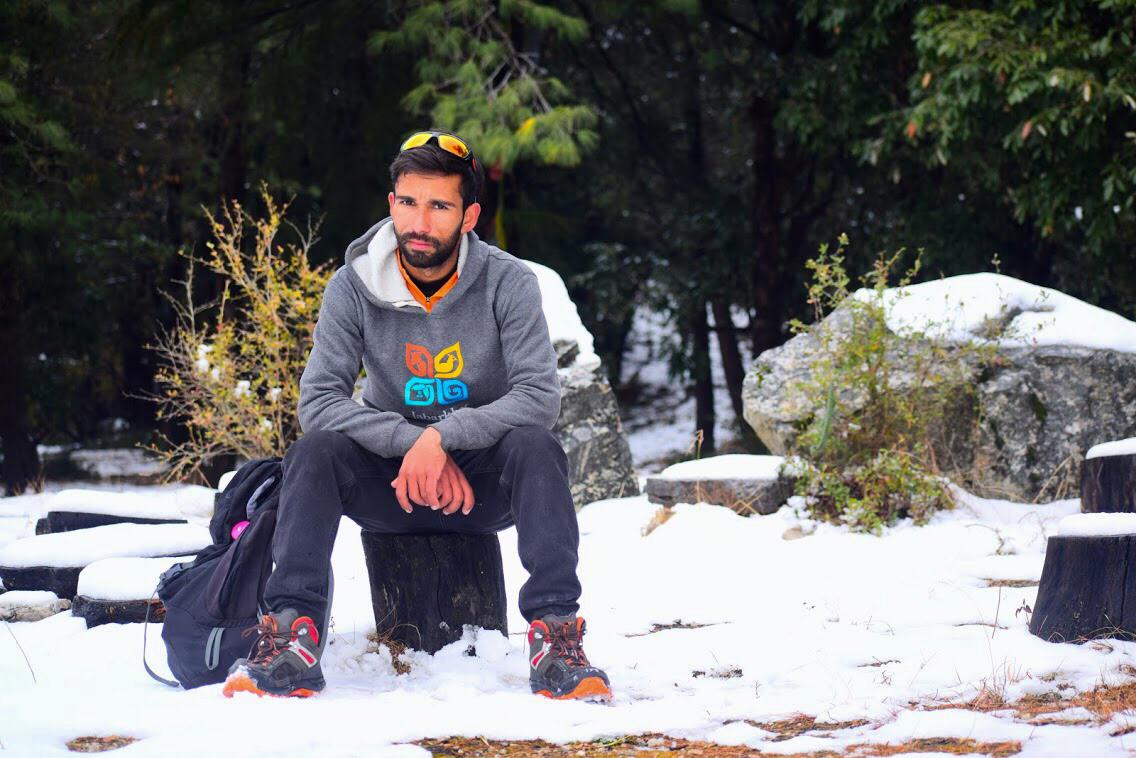
“There are also the pamphlets with the bird pictures and their names which makes it easier for the people to spot. The type of flora you get to see depends on the season. Sometimes you’ll get to see beautiful flowers and many different kinds of mushrooms,” says 25-year-old Virendra Singh, a nature guide from the Kotli village in the area who has been conducting walks (1000+ so far) at Jabarkhet since its inception.
Virendra also mentions that they have CCTV cameras installed in the forest premises which captures the movements of the animals. Wildlife enthusiasts can see the movements of gorals, leopard cats, langurs, black bears, wild boars, and barking deer, among others on the tablet that Virendra carries along with him. Depending on the interest of the visitors, the guided trail walk (costing Rs 500/ person) lasts for about two to three hours.
Rebuilding a Beautiful Forest
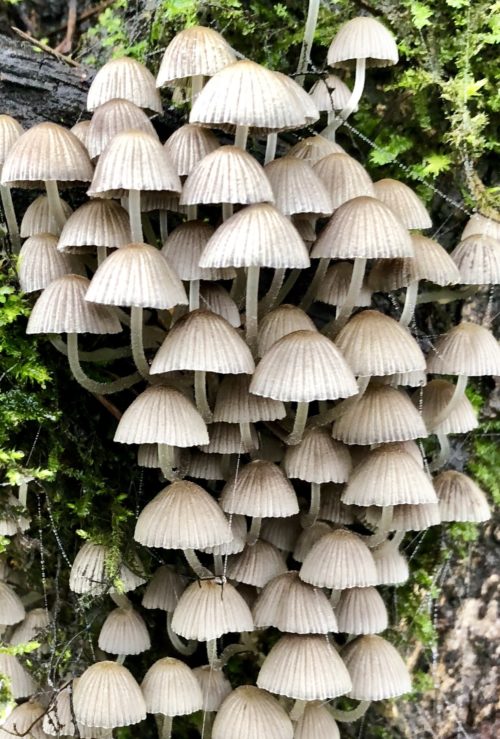
“When we first started out a lot needed to be done. The whole area had to be cleaned, weeds had to be removed and we had to also create trails. On top of all of this, we had to figure out a feasible business model,” explains Sejal who has been working as the Programme Director for World Wildlife Fund (WWF) for the past 15 years.
With over 30 years of experience in conservation, she was well-connected with people who worked in the same field and that really helped her bring the place together.
“A lot of people from the scientific community like botanists and environmentalists helped us understand the biodiversity of the forest. When the nature reserve became functional, they also helped in creating information booklets on flora in the forests that we could give to our visitors,” informs Sejal.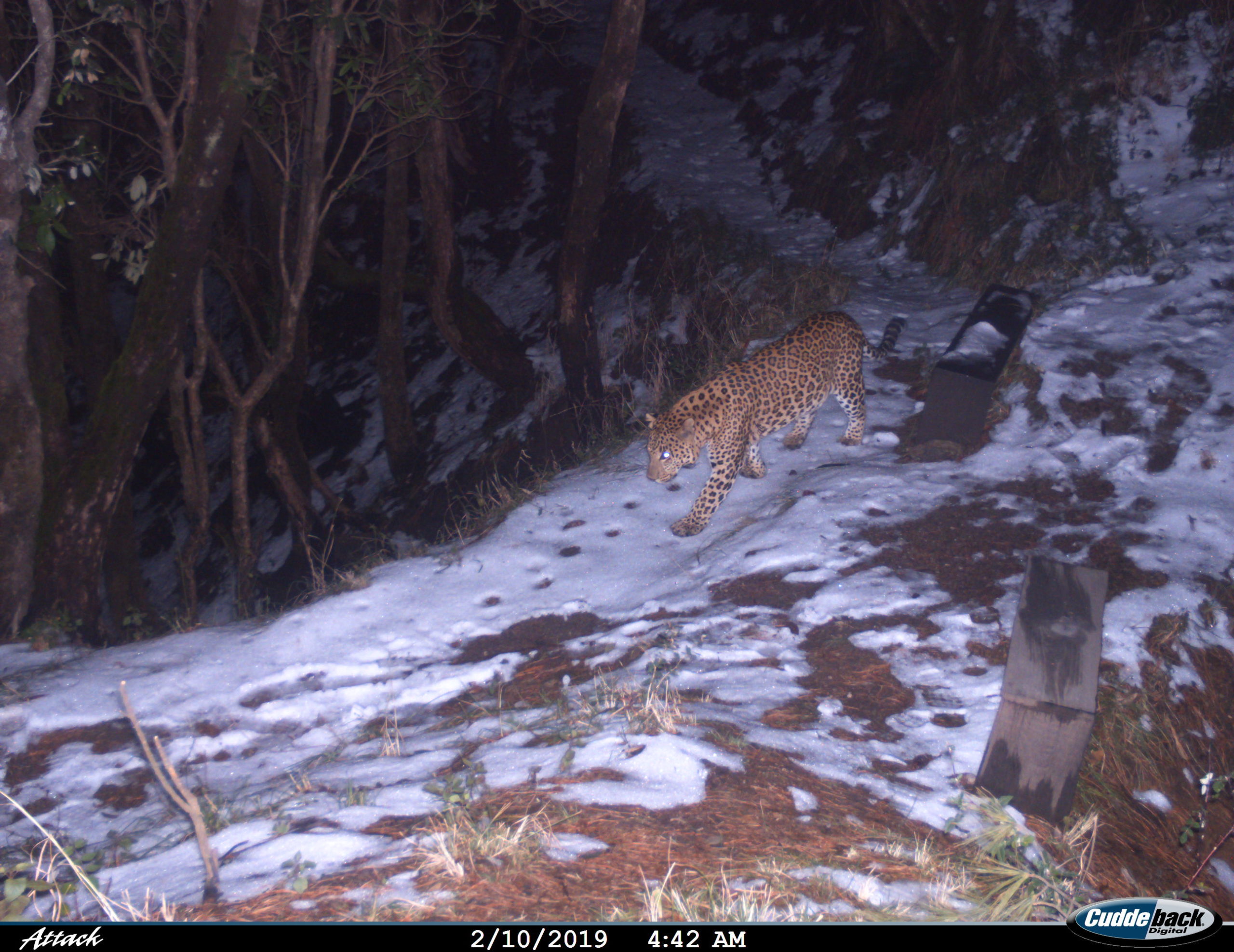
Additionally, Sejal and Vipul also spoke to people in the neighbouring villages to put a stop to hunting and informed them about ways they can help out in the conservation process.
Furthermore, the one thing that the duo was adamant about was to make the Reserve self-sustainable and become a source of livelihood for the nearby villages. Something, they felt would help the people bond with the place.
“We wanted Jabarkhet to generate money. This is how we could pay for people who worked here as guides and those who worked for its upkeep. That was the only way to go about it,” explains 62-year-old Vipul.
Creating a Sustainable Ecosystem

To bring the animals to the nature reserve during their yearly migration due to climate cycles, there was a need to make the forest hospitable for them. At first, the duo had 300 trees planted.
“Within a year, we saw a huge difference in the forest. Animals who wouldn’t visit often also started appearing like the bears, leopards, and foxes along with many different species of birds,” smiles Sejal.
Sejal was initially worried that the return of these wild predators might lead to attacks on the villagers’ herd of goats and cattle that came into the forest to graze. But, she saw that animals like deers and sambars also started coming to the forest which helped in establishing the natural order of the wild.
As for the watering hole, a vital cog in forests, Sejal had three made so that the animals could come drink water as and when they wished to do so, without facing any kind of disturbance.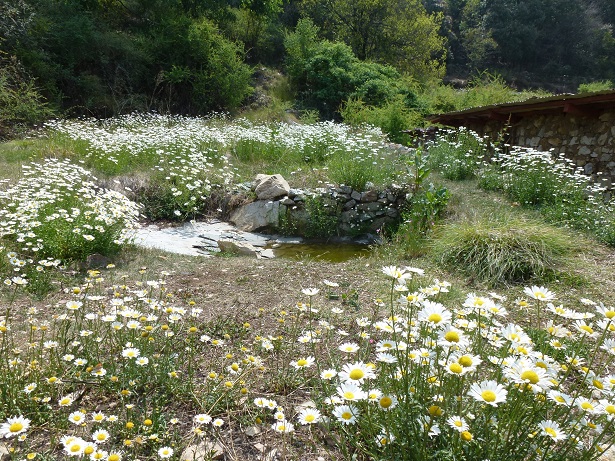
“The forest area has a natural spring but it falls on a path that is frequented by villagers. So we created these ponds to avoid man-animal conflict,” informs Sejal.
Since they have about 10 CCTV cameras, the keepers of the Reserve are privy to the movements of the animals who frequent the nature reserve. Sejal mentions here that they have seen barking deers, langurs, bears among other animals visiting the water holes.

“We re-fill these water holes every day during summers. There was this instance where the water would finish in a day’s time. It was quite surprising for us. Later when we checked the cameras, we found that a black bear would visit with her cubs and would use the water hole as a bathtub, splashing water everywhere,” laughs Sejal.
Though the expert conservationist feels extremely satisfied with her journey of restoring the reserve back to its former glory, there is another factor that she considers a ‘huge success’.
“A lot of people here think that driving taxis is the only way to make a living. When Virendra joined us as a guide, I was so happy. He was so eager to learn and we’ve taught him as much as we can and he has been working with us since the beginning,” she says.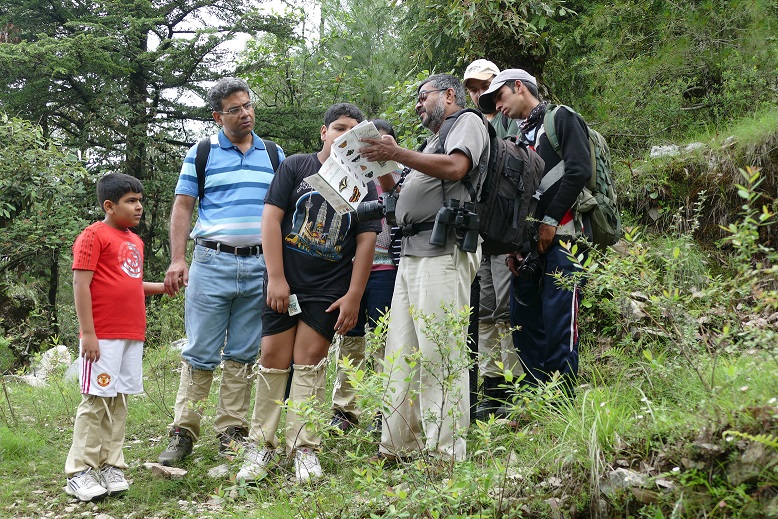
She adds that, now, when she visits the villages, mothers of young boys come to her and urge her to train their sons as forest guides. Currently, there are a total of six guides who have been trained at Jabarkhet.
“Virendra was only 18 years old when I first met him and he has been working with us since before we opened to visitors. If you ask me, I feel like he is my biggest success story,” says Sejal with pride.
Conservation is a Necessity
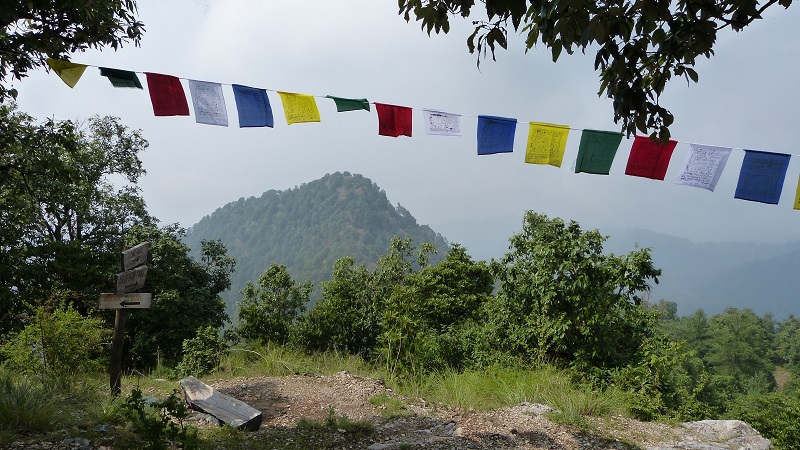
Sejal truly believes that Jabarkhet has now become a microcosm of undisturbed forest. She has never seen any injured or sick animals and from what they have seen in the CCTV cameras, the animals seem healthy. Hunting in the forest has also gone down substantially since they are so vigilant and engaged in preserving the flora and fauna in the vicinity.
However, she believes that there is a lot more to achieve in the country in terms of conservation as the percentage of protected forest area is still very low. Currently, only 5.02 per cent falls under the category of ‘Protected Areas’, which is why individual efforts are increasingly important in these times.
“The thought that only the government can carry out conservation activities is not the right approach. We need several individuals and thousands of hectares of land to make a difference,” she says.
She also emphasises on that fact that it is important to create a model where conservation pays. Firstly, for the local communities and secondly, for individuals who carry out these conservation activities.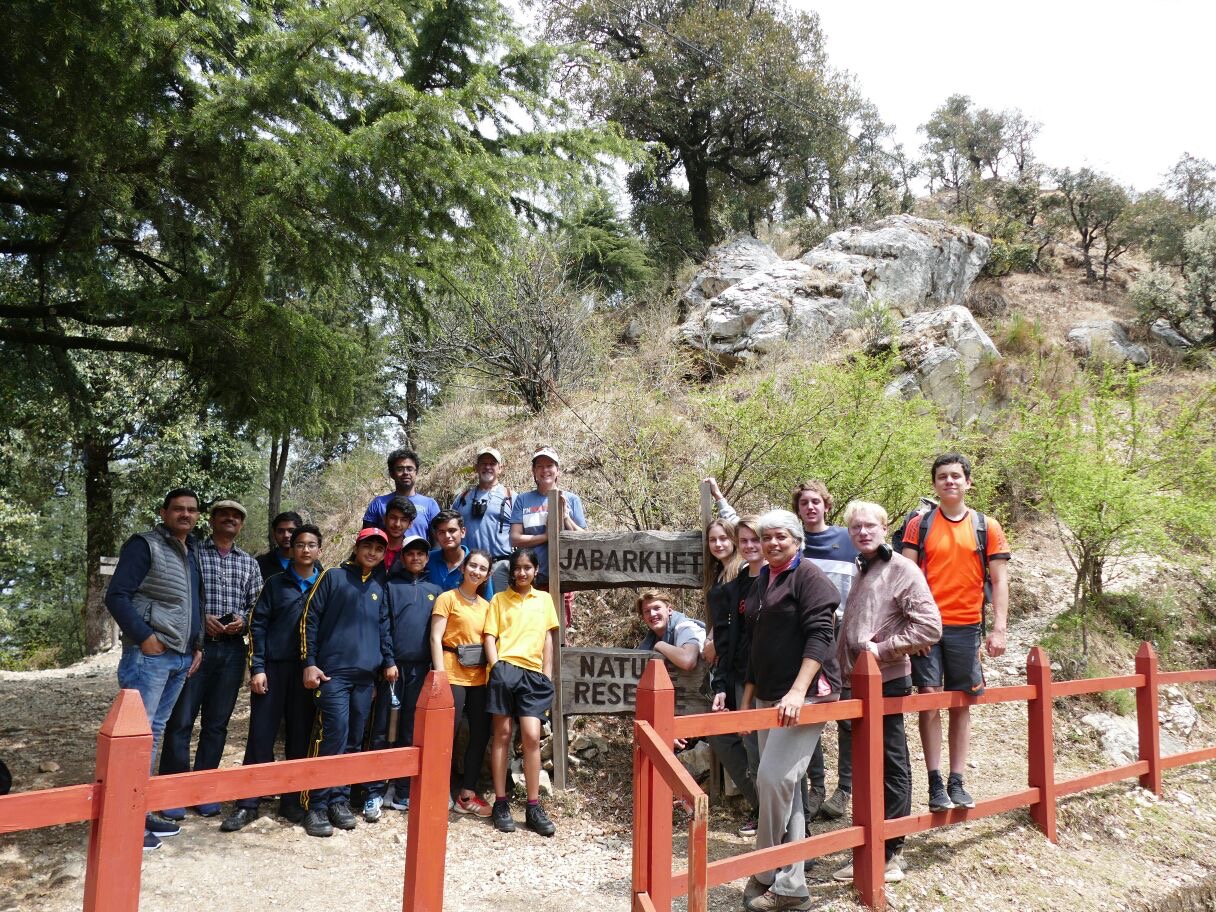
“When we started out, we thought that 110 acres is so little and we won’t be able to make much of a dent. But, as we slowly and steadily started out with our conservation activities, we were able to see the difference in front of our eyes. We hope to create a movement across the country where people truly care about their forests,” says Sejal signing off.
Also Read: For 33 Years This Forest Guard Has Faced Bullets & Floods For Kaziranga’s Animals
(Edited by Saiqua Sultan)
Like this story? Or have something to share?
Write to us: [email protected]
Connect with us on Facebook and Twitter.
This story made me
- 97
- 121
- 89
- 167
Tell Us More
We bring stories straight from the heart of India, to inspire millions and create a wave of impact. Our positive movement is growing bigger everyday, and we would love for you to join it.
Please contribute whatever you can, every little penny helps our team in bringing you more stories that support dreams and spread hope.






